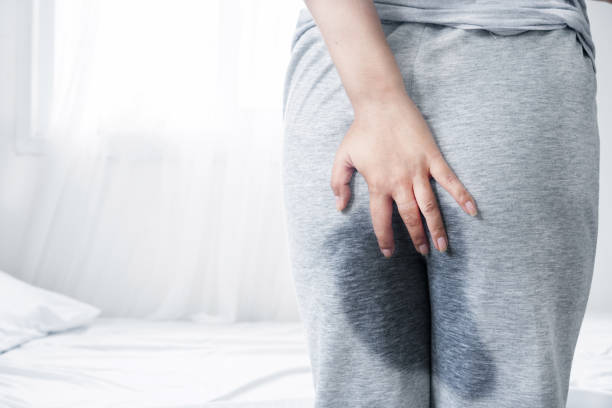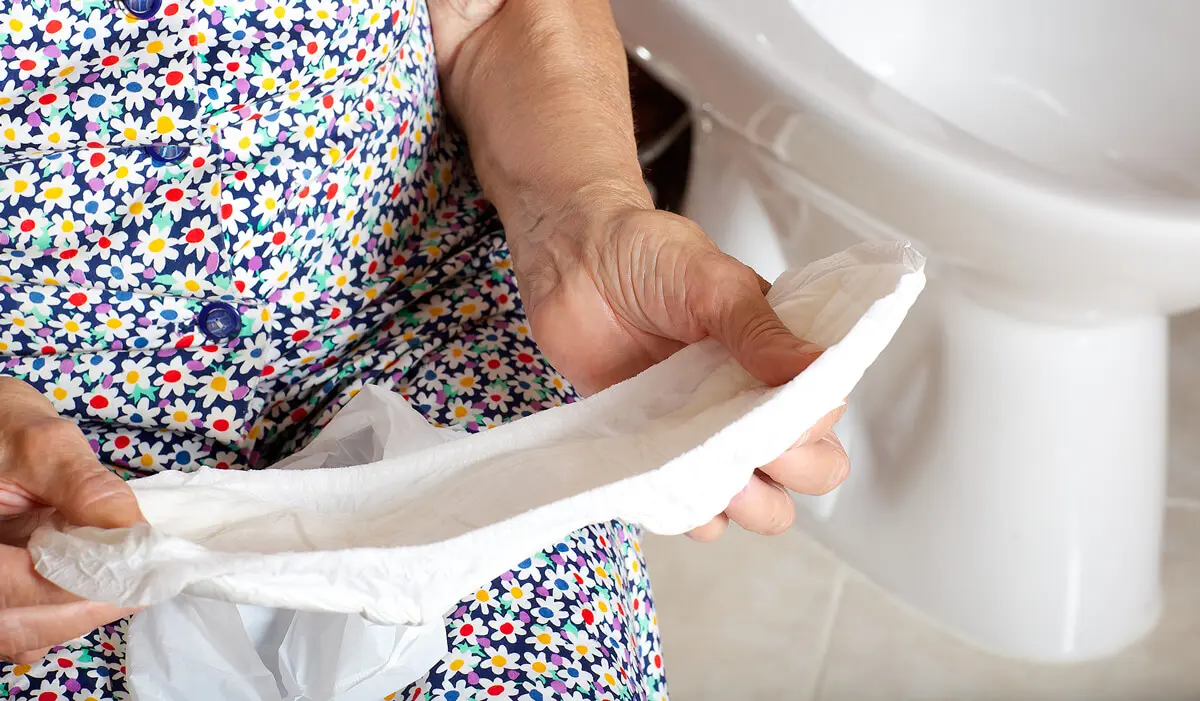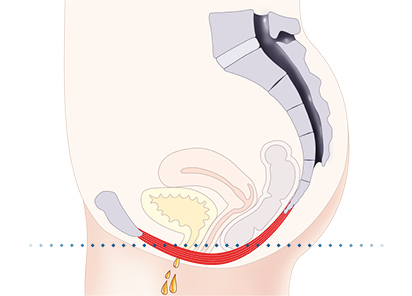Urinary Incontinence
(Urine Leaking)
“Every time I sneezed, I braced myself. Every laugh came with fear. I started planning my life around the nearest bathroom.”
In 2018, an estimated 423 million adults aged 20 years and older are facing this issue. They been quietly struggling by urine leakage — sometimes for months, sometimes for years. It’s one of those things many women go through but rarely talk about. Out of embarrassment. Out of shame. Out of thinking it’s “normal.”
Leaking urine isn’t just a minor inconvenience — it can quietly take over your life. From avoiding activities you love to feeling constant worry or embarrassment, many women start to shrink their world just to cope. But you shouldn’t have to live that way.
Leaking urine isn’t just a minor inconvenience — it can quietly take over your life. From avoiding activities you love to feeling constant worry or embarrassment, many women start to shrink their world just to cope. But you shouldn’t have to live that way.

What Does Urinary Incontinence/Leaking Feel Like?
Urinary incontinence (Urine leakage) can show up in different ways:
- A few drops when you cough, sneeze, or laugh
- Leaking during exercise or lifting
- A strong urge to pee that comes suddenly — and you can’t make it in time
- Feeling like you can’t fully empty your bladder
- Waking up at night with a strong need to urinate
Urinary Incontinence isn’t just only due to bad habits or aging. It often comes from pelvic floor muscles that aren’t functioning the way they should — due to childbirth, stress, surgery, hormones, or even long-standing tension in the body.

Beyond Inconvenience
Leaking urine is not just about wet panties or wearing pantyliners. It can start to affect your daily life in ways you didn’t expect:- Feeling anxious in public places
- Avoiding long drives or outings
- Worrying during prayers or meetings
- Skipping exercise or sports you once enjoyed
- Keeping pads or black pants in every bag 'just in case'
- Feeling embarrassed around your partner
Many women slowly shrink their lives to feel safe — but that’s not true freedom. You shouldn’t have to shrink yourself to manage what your body is telling you.

Our Treatment Flow
Step 1
Initial Consultation & EducationReviews history and symptoms, introduces a bladder diary, and provides basic education on pelvic floor anatomy and incontinence types.
Step 2
Pelvic Physical AssessmentInvolves postural and movement evaluation, along with internal and external pelvic floor muscle assessment to check tone, strength, coordination, and signs of prolapse.
Step 3
Customized Pelvic Floor Activation TreatmentIncludes individualized pelvic floor muscle training, bladder training tips, advice on toileting posture, and fluid management strategies.
Step 4
PlanningFocuses on establishing short- and long-term goals, outlining follow-up visit frequency, answering questions, and providing take-home educational materials.
A calm, private space where you can speak freely — without fear or embarrassment.
Here, you're seen not just as a patient, but as a whole woman, with feelings, fears, goals, and stories.
We’re here. We’re listening. And we’re in this with you.
×
![]()
